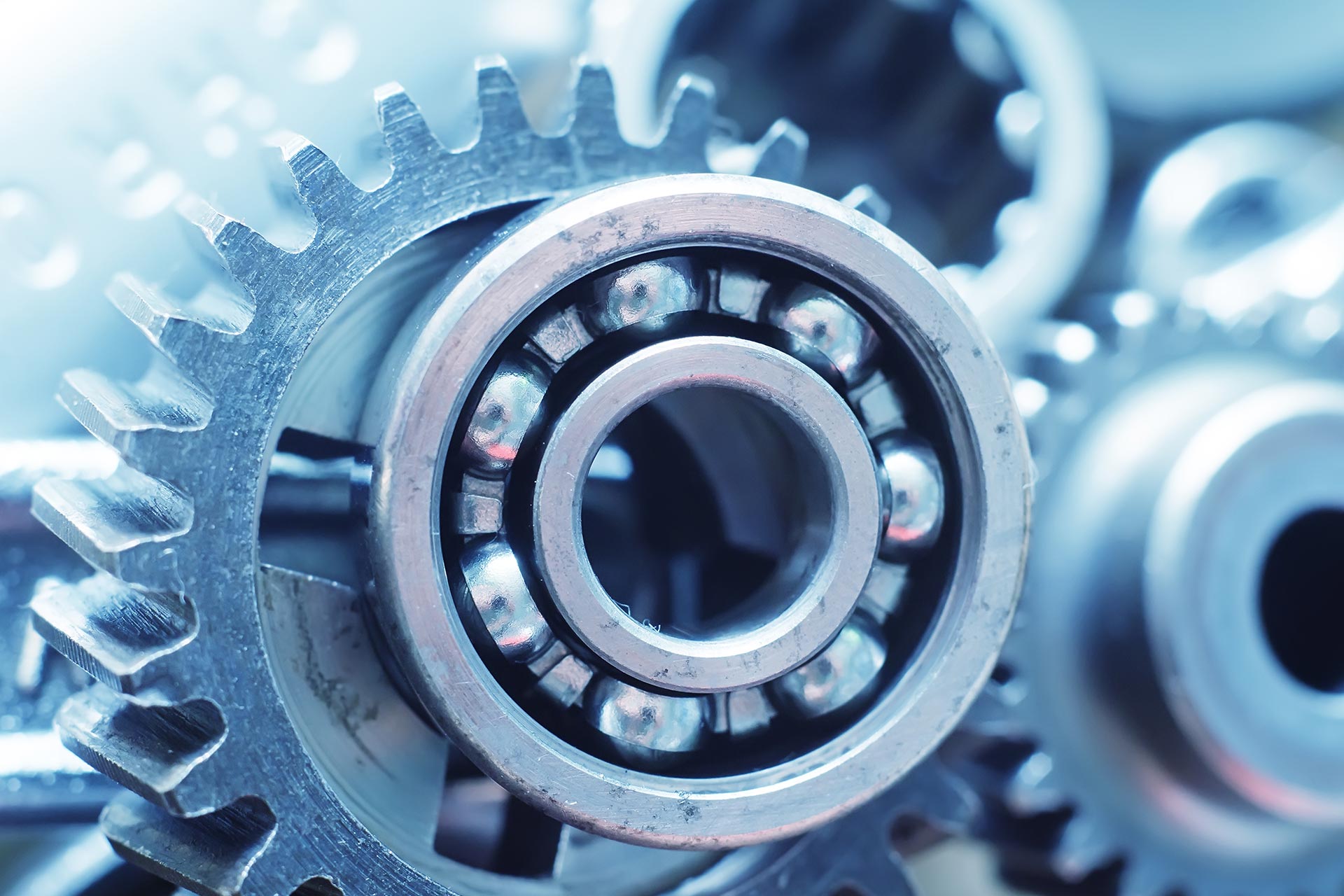Powder Metallurgy High-pressure Water Equipment
Powder metallurgy is a process for producing metal parts, which begins with the manufacturing of raw metal powders and then undergoes various forming techniques such as pressing, injection molding, gravity sintering, and rolling to increase the mechanical strength and hardness of the final product through sintering.
There are various methods for manufacturing metal powders, among which high-pressure water atomization is used for processing metal powders such as copper alloys, nickel-based alloys, stainless steel, and zinc. The metal is melted by heating and then allowed to flow vertically by fluid pressure or gravity. A ring-shaped nozzle assembly is assembled around the metal liquid, and the high-pressure water jet breaks the molten metal into fine droplets, which then coalesce and condense. The atomization medium and pressure have a certain effect on the particle size distribution of stainless steel powder, and high-pressure water atomization can produce finer powder than gas atomization. It has higher energy transfer efficiency than gas atomization, and has advantages such as high production capacity and low process cost.
The high-pressure water atomization equipment designed and developed by Pumpson adopts frequency conversion pressure regulation. The manufacturer can adjust the water flow rate and pressure at any time according to the specification requirements of different powders, further controlling the condensation speed, fineness, shape, and other conditions of the metal powders by PLC. Multiple shock absorption mechanisms and buffer defoaming processes are installed in the high-pressure water system to minimize the pulse of the high-pressure water and reduce bubbles in the water jet. The strength and frequency of striking the metal melt are regulated uniformly, resulting in stable and high-quality final powder products.
